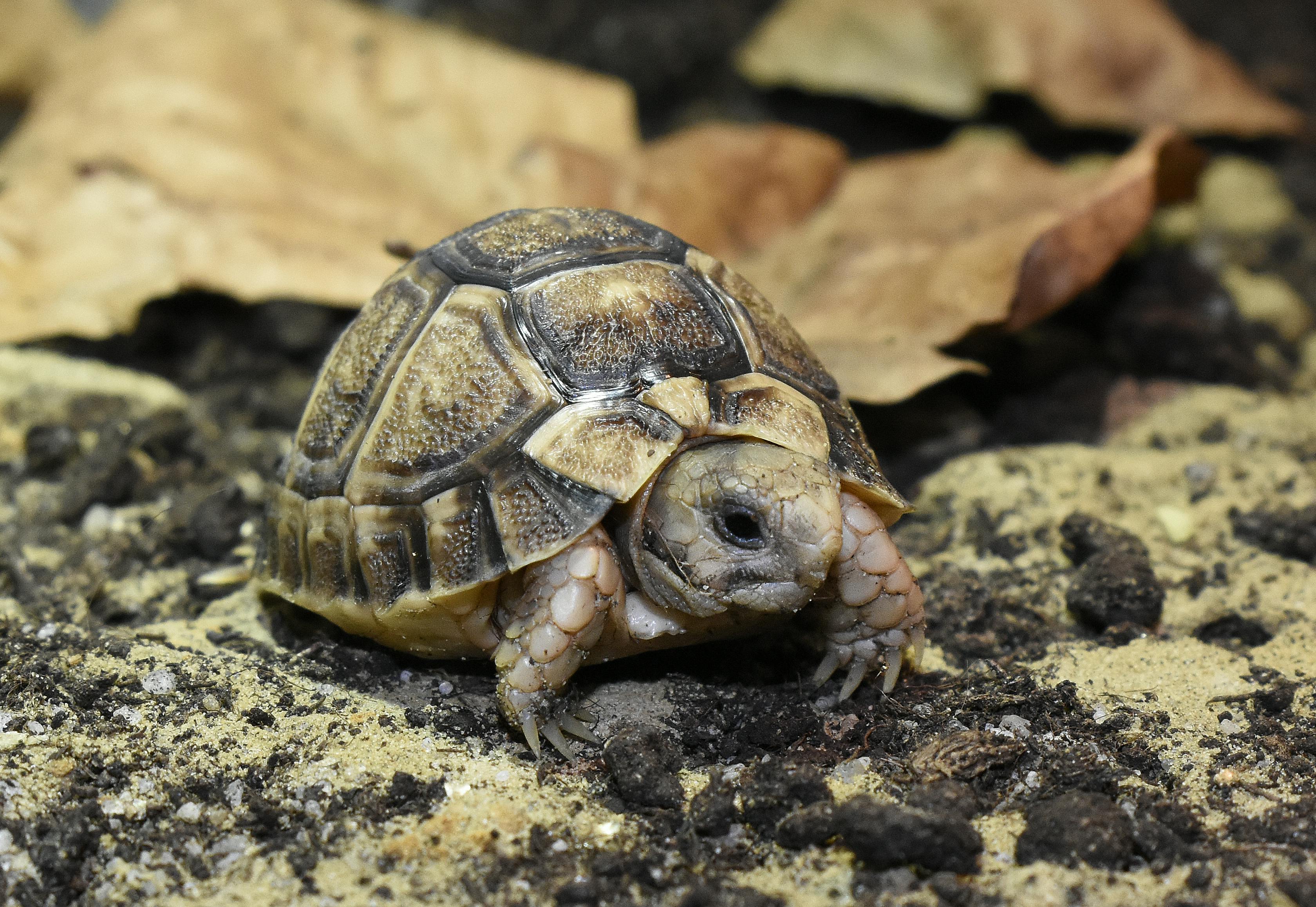
The Egyptian tortoise is one of the smallest tortoises in the world. It is perfectly adapted to one of the most inhospitable places in the world: the northeastern Sahara Desert. Although it naturally thrives in extreme conditions, it is one of the most endangered tortoises in the world. Therefore, as coordinator of the European population management program for the Egyptian tortoise, Rotterdam Zoo is committed to protecting this very rare reptile.
Testudo kleinmanni
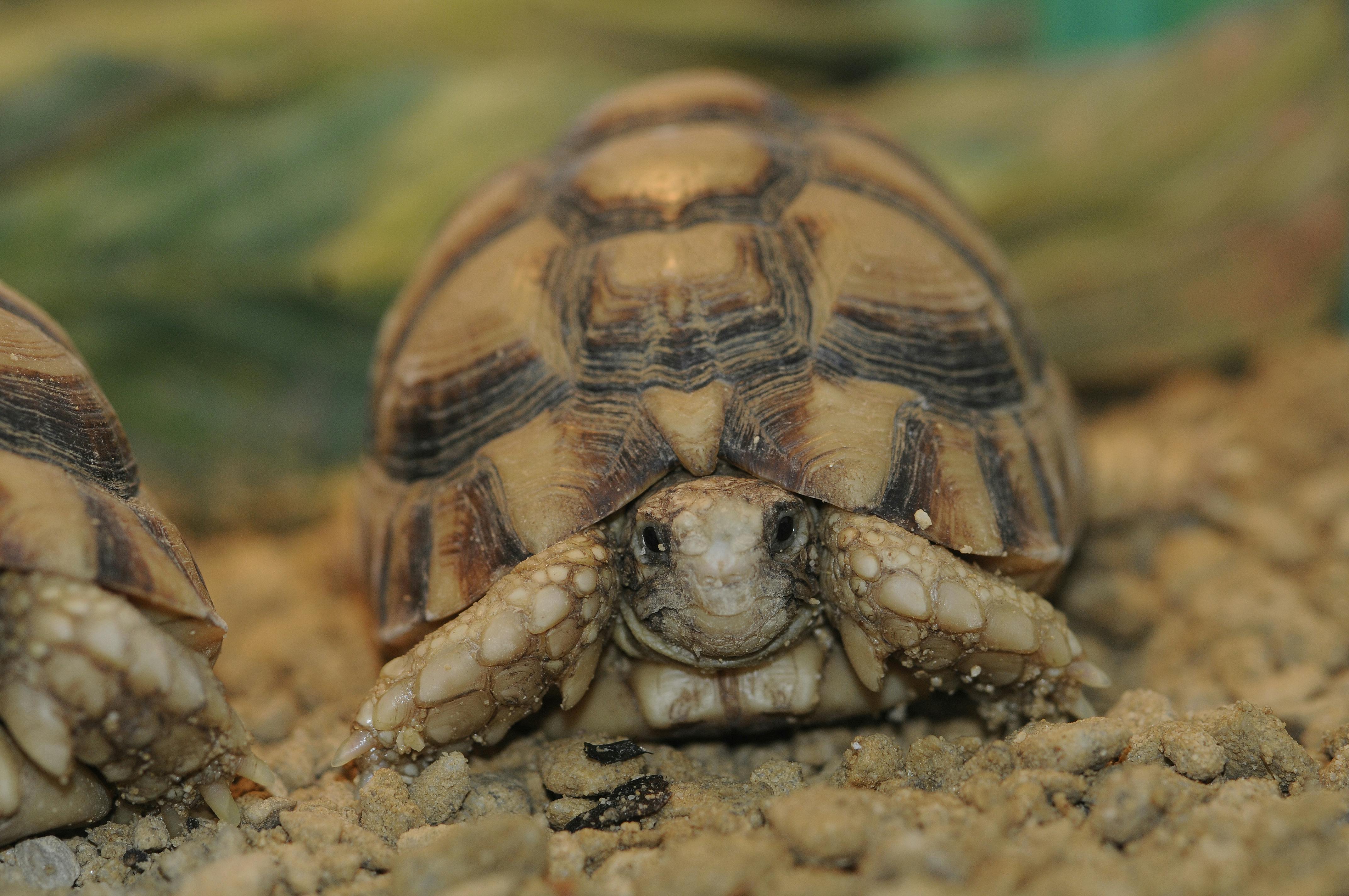
Unknown, likely more than 50 years
10 centimeters
200 – 300 grams
The Egyptian tortoise can be recognized by its short, stout legs and dome-shaped shell. With its sandy brown colour, it is barely noticeable in the arid landscapes where it resides. Its mouth is covered in a layer of keratin, making it great for biting off tough plants.
Egyptian tortoises are native to Libya and Egypt, from the Mediterranean coast to about 120 kilometers inland. There, they live in arid shrublands and semi-deserts, where there are still enough plants to eat.
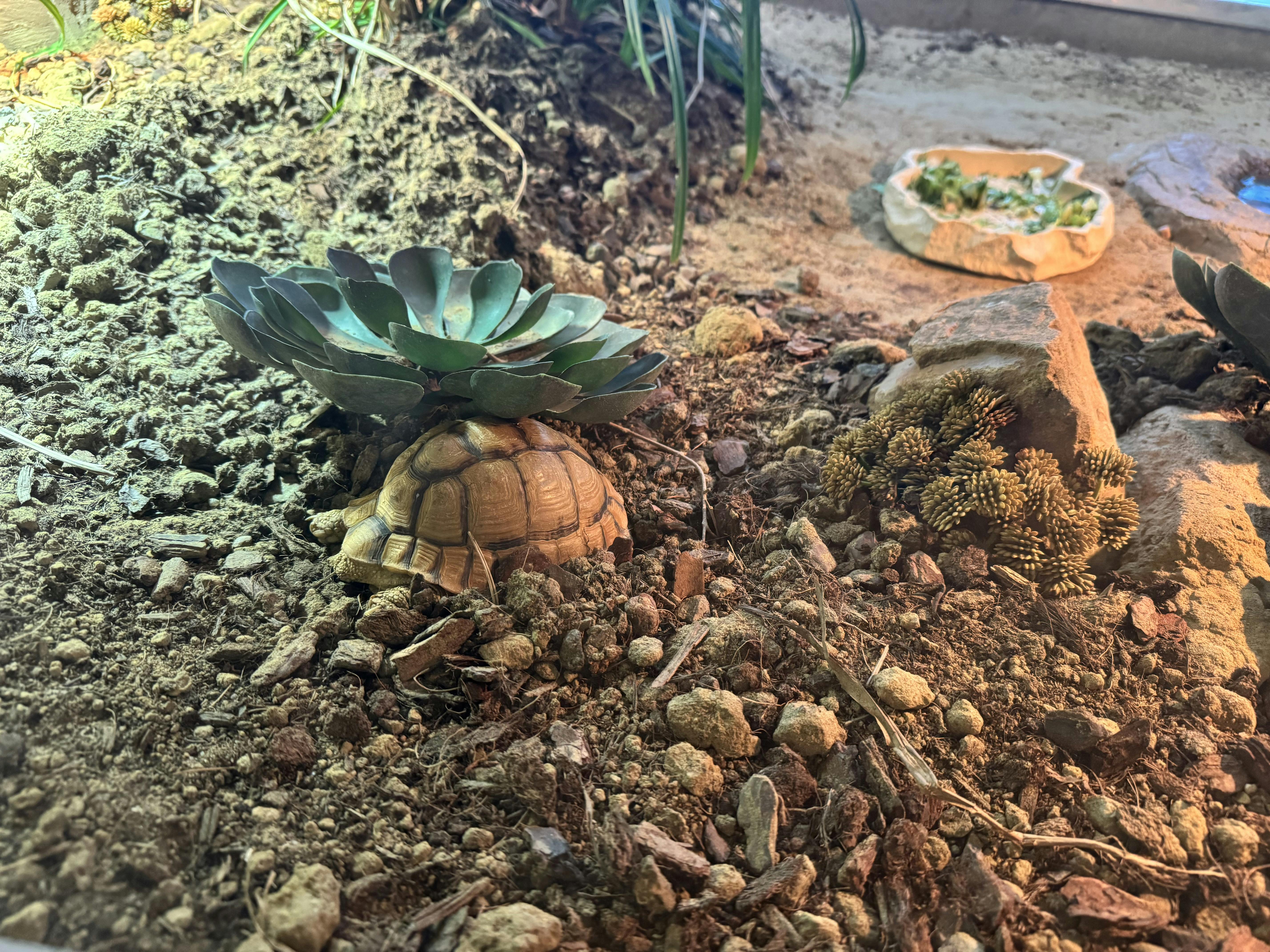
In the 1980s and 1990s, the Egyptian tortoise was regarded as a popular pet. As a result, they were captured in mass from the wild and flown over to Europe. This drastically depleted the wild population. In addition, many tortoises did not survive as pets because they were kept under the wrong conditions.
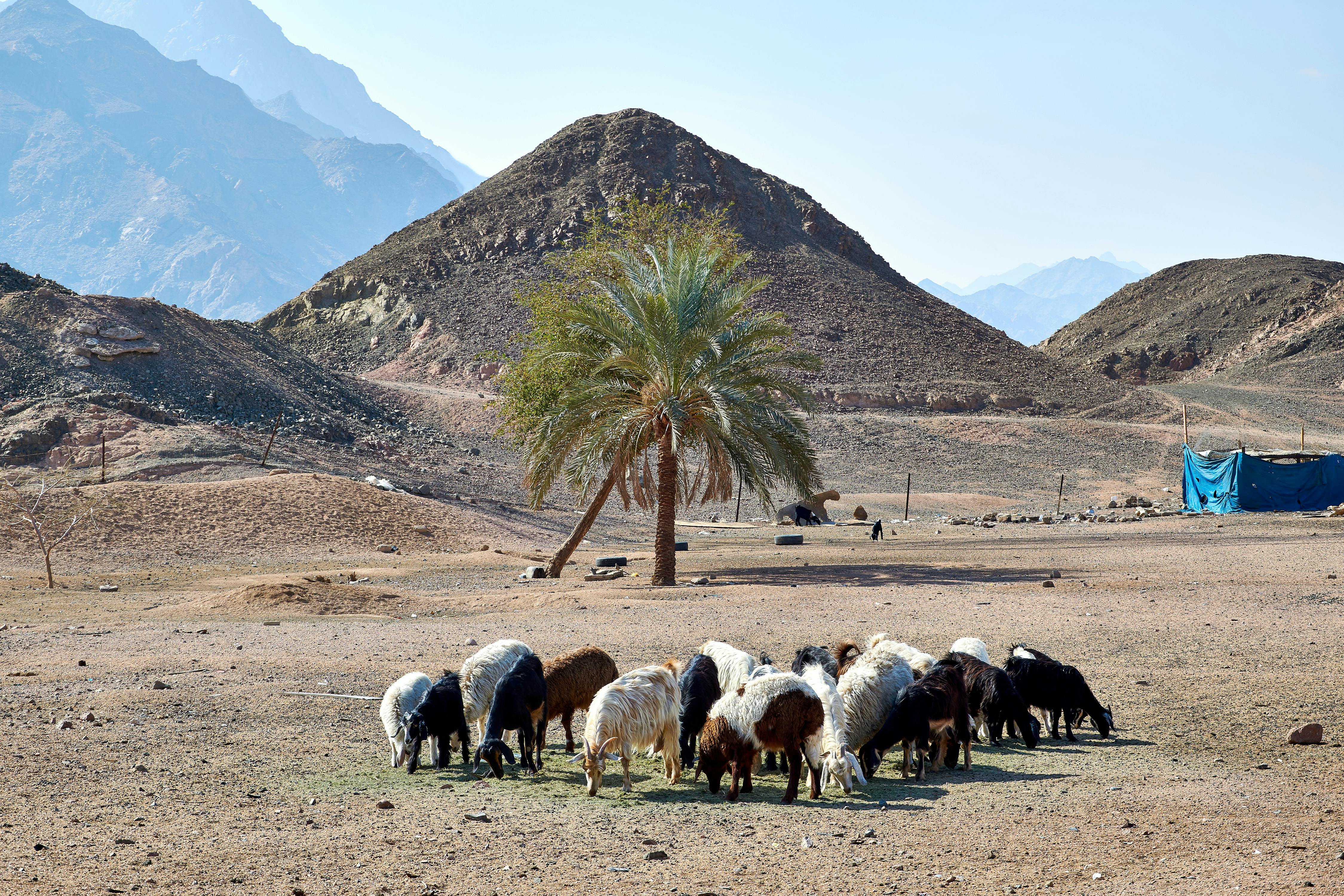
In the wild, Egyptian tortoises feed on drought-resistant grasses. However, these grasses are also eaten by local people's goats and sheep. As livestock numbers increase, there is little grass left for Egyptian tortoises. As a result, they have already disappeared from many areas. Because Egyptian tortoises reproduce only slowly, the population has difficulty recovering.
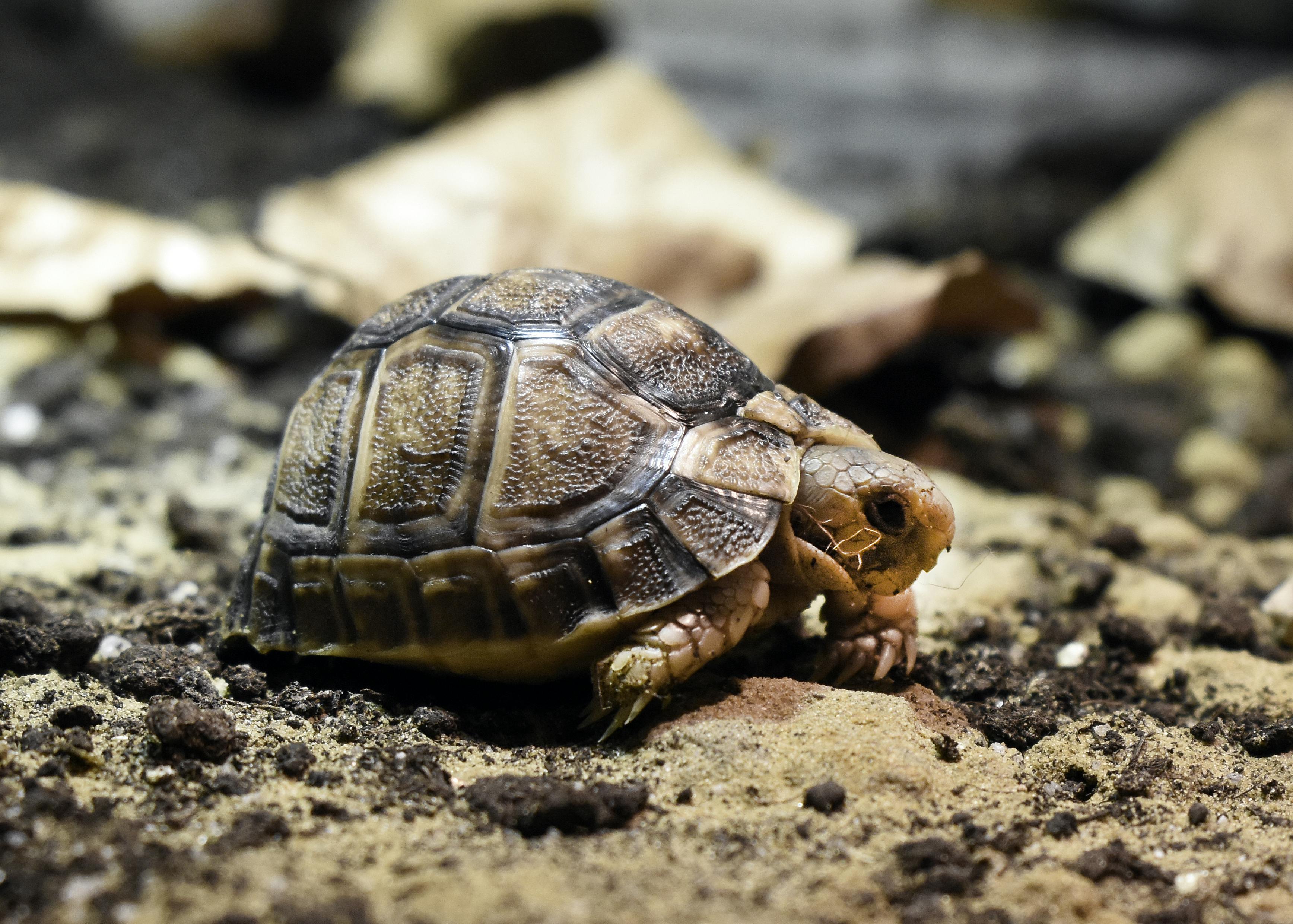
Rotterdam Zoo coordinates the population management programme for the Egyptian tortoise. Our aim is to build up a healthy reserve population. To this end, we cooperate with other European zoos and animals are exchanged. This way, we try to make the right matches between tortoises to ensure healthy offspring. We also draw up guidelines for keeping and caring for Egyptian tortoises in zoos. By doing so, we preserve the species and prevent the extinction of this critically endangered species.
The Egyptian tortoises at Rotterdam Zoo have a terrarium with a loamy soil and rocks to hide under. The enclosure has low humidity and is heated so that conditions resemble the climate in their natural habitat. In 2021, Rotterdam Zoo was able to welcome two young Egyptian tortoises for the first time.

